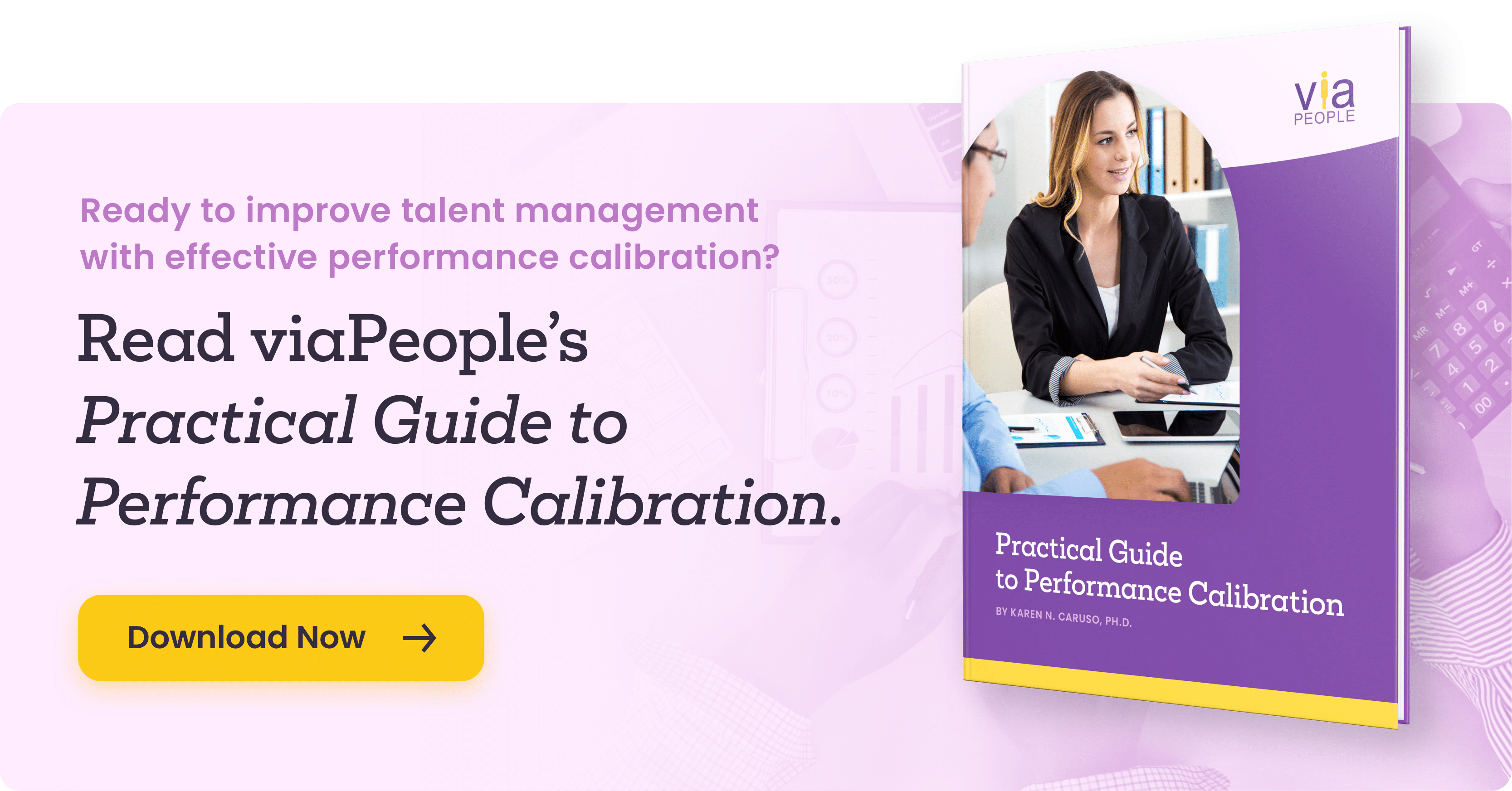Peer Review Enhances Traditional Performance Appraisal
 One of the many strategies that organizations are using to enhance the traditional performance appraisal process is to incorporate feedback from multiple sources. Traditional performance appraisals that simply rely on manager ratings tend to focus on outcomes or individual achievements. As a result, the collaborative work that individuals do on a daily basis made be overlooked.
One of the many strategies that organizations are using to enhance the traditional performance appraisal process is to incorporate feedback from multiple sources. Traditional performance appraisals that simply rely on manager ratings tend to focus on outcomes or individual achievements. As a result, the collaborative work that individuals do on a daily basis made be overlooked.
In peer review, teammates, colleagues, and peers are anonymously asked to provide input on specific aspects of an individual’s performance. Typically, peer feedback is provided to an employee's direct supervisor to inform the overall performance review process. However, some organizations also share peer feedback directly with the individual.
→ Improve the effectiveness of your next performance review by integrating your peer appraisal in our editable Performance Review Meeting Template.
Peers have a unique opportunity to observe employee performance and can offer great insight into an individual's interpersonal, collaborative, and influence skills. While there has been some controversy over whether 360 degree feedback should be used for the purpose of performance appraisal, organizations are increasingly integrating the principles of multi-rater feedback and peer review appraisal to take advantage of these four key benefits:
1. Encouraging Recognition
Peer appraisal and feedback is not just about gathering more information for the performance review. Providing vehicles for individuals to offer feedback to others encourages a culture of feedback and recognition, and supports collaboration.
2. Facilitating Accountability for Performance Improvement
Individuals who receive feedback on their performance from peers gain valuable insight into their strengths and development needs. Soliciting feedback from one’s peers makes the process of improvement and development visible and public. Once the feedback is received, individuals are more likely to take action on developmental feedback as they become accountable to their peers.
3. Increasing the Accuracy of Performance Ratings
Integrating feedback from multiple sources in performance appraisal not only increases the perceptions of fairness, but also improves the manager’s ability to provide accurate ratings. As previously mentioned, managers have a limited ability to observe performance. Peer review appraisal helps to provide a more complete picture of employee performance so that accurate judgments can be made. In addition, organizations can surface potential issues by examining the differences between manager and peer review data. For example, individuals who receive high ratings or great feedback from peers and low ratings from their managers may be at flight risks. This gap may be a sign of a poor employee-manager relationship and can be addressed before it leads to attrition.
4. Surfacing Hidden Talent
Given the complex nature of working relationships, the insight offered by peers sheds light on unique skills and capabilities. Managers and organizations will be better able to identify individuals with team leadership, networking, and influence skills that would otherwise be missed in a traditional performance appraisal process. This insight can be used in building teams, making decisions on job rotations, and succession planning.
Peer review appraisal is a good way to begin the process of integrating 360 degree feedback into the performance review process. Collecting performance feedback from peers, direct reports, and even customers provides managers with information they would otherwise not have in the performance appraisal process.
Maximize Performance Review Effectiveness with a Performance Calibration
Integrating peer review appraisal methodology is a great way to get started improving the fairness and accuracy of performance reviews. The next step is executing a performance calibration, which can help your organization maximize the fairness and accuracy of performance reviews. Download our guide for a step-by-step guide on successfully executing your own performance calibration!


